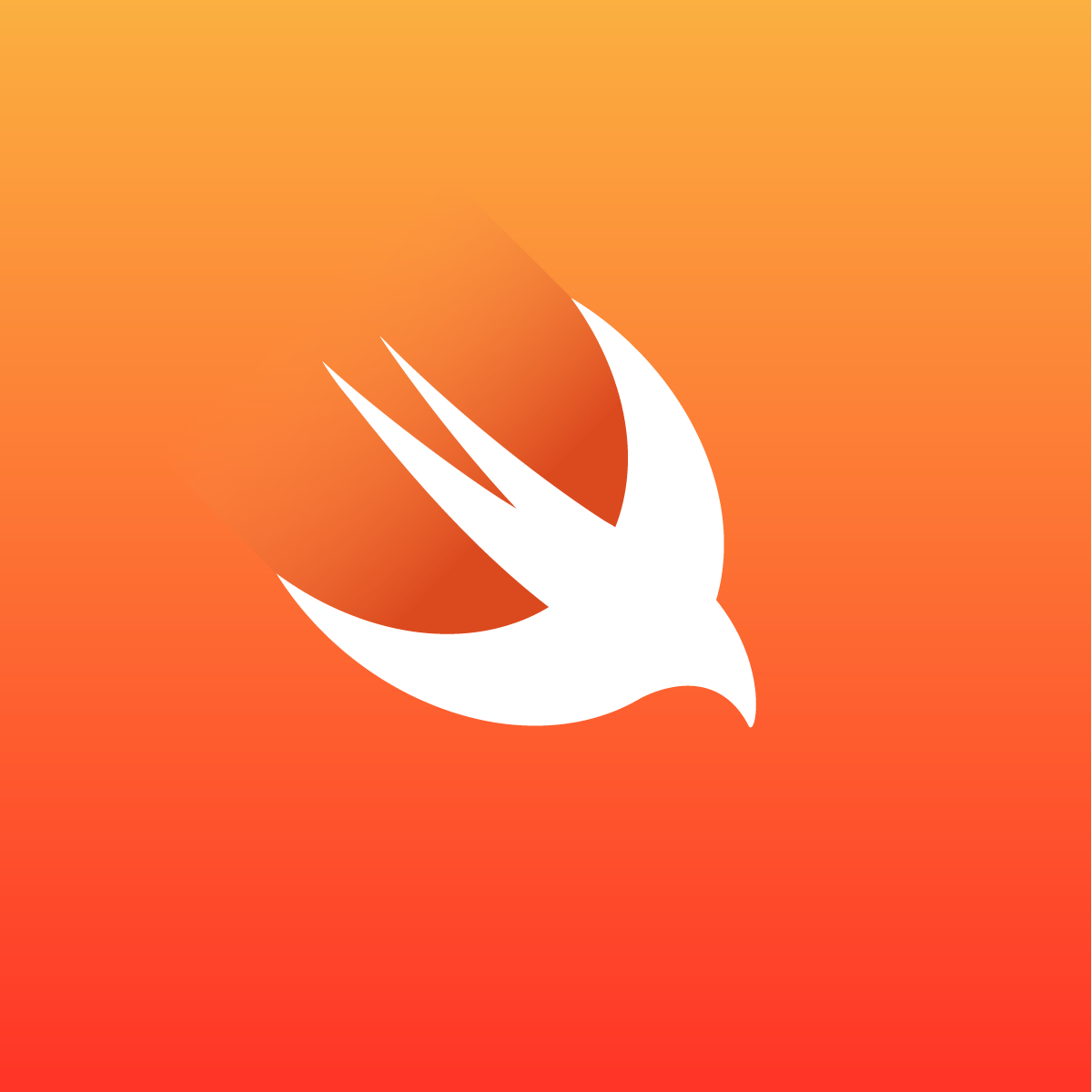- August 28, 2025
- Mins Read
TL;DR UIPageViewController done properly.
⭐️ Features
- Simplified data source management & enhanced delegation.
- Dynamically insert & remove pages.
- Infinite scrolling support.
- Automatic timer-based page transitioning.
- Support for custom animated page transitions.
📋 Requirements
Pageboy requires iOS 11 / tvOS 11; and is compatible with Swift 5.
.
📲 Installation
Swift Package Manager
Pageboy is compatible with Swift Package Manager and can be integrated via Xcode.
CocoaPods
Pageboy is also available through CocoaPods:
pod ‘Pageboy’, ‘~> 4.0’
Carthage
Pageboy is also available through Carthage:
github “uias/Pageboy” ~> 4.0
🚀 Usage
The Basics
- Create an instance of a
PageboyViewControllerand provide it with aPageboyViewControllerDataSource.
class PageViewController: PageboyViewController, PageboyViewControllerDataSource {
override func viewDidLoad() {
super.viewDidLoad()
self.dataSource = self
}
}
- Implement the
PageboyViewControllerDataSourcefunctions.
func numberOfViewControllers(in pageboyViewController: PageboyViewController) -> Int {
return viewControllers.count
}
func viewController(for pageboyViewController: PageboyViewController,
at index: PageboyViewController.PageIndex) -> UIViewController? {
return viewControllers[index]
}
func defaultPage(for pageboyViewController: PageboyViewController) -> PageboyViewController.Page? {
return nil
}
PageboyViewControllerDelegate
The delegate functions provided by a PageboyViewController are much more reliable and useful than what a raw UIPageViewController provides. You can use them to find out exactly where the current page is, and when it’s moved, where it’s headed.
willScrollToPageAtIndex
About to embark on a transition to a new page.
func pageboyViewController(_ pageboyViewController: PageboyViewController,
willScrollToPageAt index: Int,
direction: PageboyViewController.NavigationDirection,
animated: Bool)
didScrollToPosition
Scrolled to a relative position along the way transitioning to a new page.
func pageboyViewController(_ pageboyViewController: PageboyViewController,
didScrollTo position: CGPoint,
direction: PageboyViewController.NavigationDirection,
animated: Bool)
didScrollToPage
Successfully completed a scroll transition to a page.
func pageboyViewController(_ pageboyViewController: PageboyViewController,
didScrollToPageAt index: Int,
direction: PageboyViewController.NavigationDirection,
animated: Bool)
didReload
Child view controllers have been reloaded.
func pageboyViewController(_ pageboyViewController: PageboyViewController,
didReloadWith currentViewController: UIViewController,
currentPageIndex: PageIndex)
Navigation
You can navigate programmatically through a PageboyViewController using scrollToPage():
pageViewController.scrollToPage(.next, animated: true)
- Infinite scrolling can be enabled with
.isInfiniteScrollEnabled. - Interactive scrolling can also be controlled with
.isScrollEnabled.
Insertion & Deletion
Pageboy provides the ability to insert and delete pages dynamically in the PageboyViewController.
func insertPage(at index: PageIndex, then updateBehavior: PageUpdateBehavior)
func deletePage(at index: PageIndex, then updateBehavior: PageUpdateBehavior)
This behaves similarly to the insertion of rows in UITableView, in the fact that you have to update the data source prior to calling any of the update functions.
Example:
let index = 2
viewControllers.insert(UIViewController(), at: index)
pageViewController.insertPage(at: index)
The default behavior after inserting or deleting a page is to scroll to the update location, this however can be configured by passing a PageUpdateBehavior value other than .scrollToUpdate.
⚡️ Other Extras
reloadData()– Reload the view controllers in the page view controller. (Reloads the data source)..navigationOrientation– Whether to orientate the pages horizontally or vertically..currentViewController– The currently visible view controller if it exists..currentPosition– The exact current relative position of the page view controller..currentIndex– The index of the currently visible page..parentPageboy– Access the immediate parentPageboyViewControllerfrom any child view controller.
Animated Transitions
Pageboy also provides custom transition support for animated transitions. This can be customized via the .transition property on PageboyViewController.
pageboyViewController.transition = Transition(style: .push, duration: 1.0)
Note: By default this is set to nil, which uses the standard animation provided by UIPageViewController.
Auto Scrolling
PageboyAutoScroller is available to set up timer based automatic scrolling of the PageboyViewController:
pageboyViewController.autoScroller.enable()
Support for custom intermission duration and other scroll behaviors is also available.
GitHub
- August 27, 2025
- SwiftUI
This package provides you with an easy way to show tooltips over any SwiftUI view, since Apple does not provide ...
- August 27, 2025
- SwiftUI
- Uncategorized
SimpleToast is a simple, lightweight, flexible and easy to use library to show toasts / popup notifications inside iOS or ...
- August 27, 2025
- SwiftUI
Create Toast Views with Minimal Effort in SwiftUI Using SSToastMessage. SSToastMessage enables you to effortlessly add toast notifications, alerts, and ...




